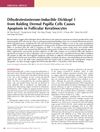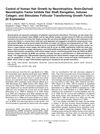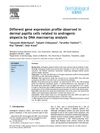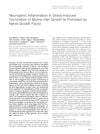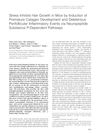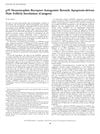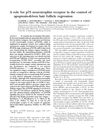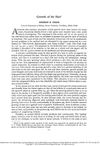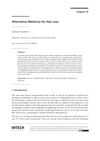Effects of Hura Crepitans and Its Active Ingredient, Daphne Factor F3, on Dihydrotestosterone-Induced Neurotrophin-4 Activation and Hair Retardation
January 2012
in “
Biological & Pharmaceutical Bulletin
”
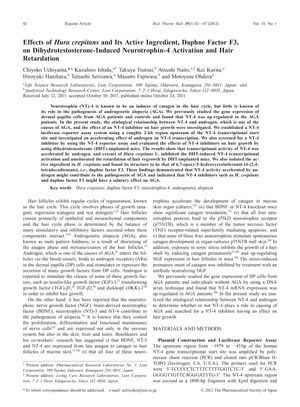
TLDR Hura crepitans and its compound daphne factor F3 may help treat hair loss by blocking a specific hair growth inhibitor.
The 2012 study explored the impact of Hura crepitans extract and its active compound, daphne factor F3, on hair growth, particularly in the context of androgenetic alopecia (AGA). The research demonstrated that Neurotrophin-4 (NT-4), which is upregulated by androgens, may contribute to AGA, and that Hura crepitans extract can inhibit this upregulation. In experiments with DHT-implanted mice, the extract and daphne factor F3 were found to mitigate hair growth retardation, with six mice per group being used for the tests. The study concluded that daphne factor F3, particularly from Peruvian Hura crepitans, has a unique effect on hair growth by inhibiting NT-4 activity, which could be beneficial for AGA treatment. However, the study did not involve human participants and recommended further research to understand the underlying mechanisms.
